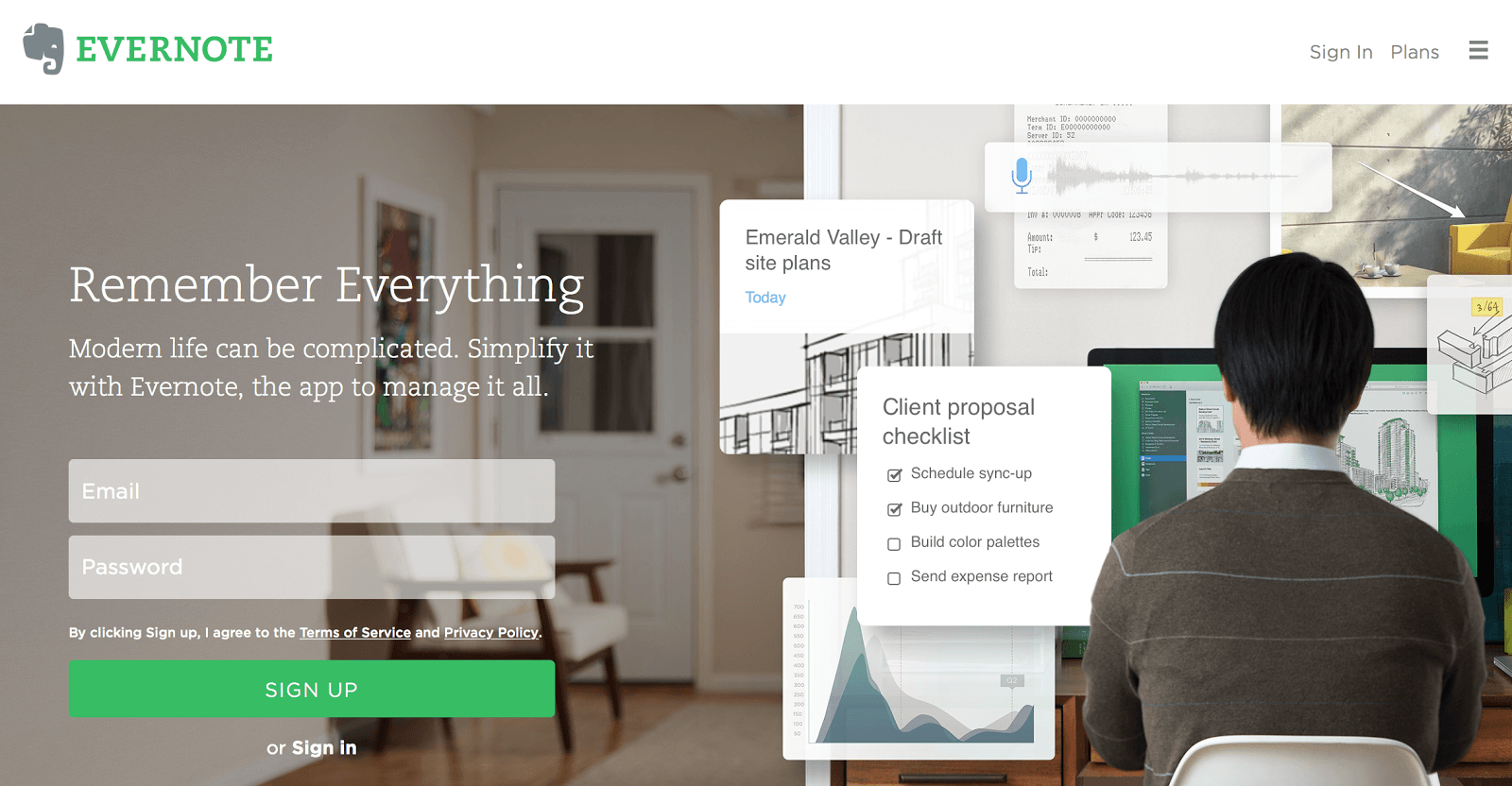BLOG
4 Common and Costly Conversion Rate Optimization Mistakes
Published: Mar 10, 2016

We’ve highlighted some lesser-known but highly damaging conversion rate optimization (CRO) mistakes which could be costing your eCommerce site customers and cash.
Optimizing for conversions is a tricky process.
It requires an analytical mind, a keen eye for on-page errors, and an in-depth knowledge of psychology behind persuasion.
It’s all too easy to make a mistake and lose out on potential income.
But it doesn’t have to be.
You can find a wealth of free information on the internet to help you increase your overall conversions. However, the advice always looks at the positive side to conversions – it outlines the basic actions you should take to see meaningful increases.
What’s often overlooked are the pitfalls that trip marketers up. The little known, but highly damaging, actions that can leave your business losing potential customers and hemorrhaging money.
Now, we don’t want to come across as negative Nancys, but we thought we’d highlight a few of the pitfalls we’ve discovered to help you avoid falling short of a successful campaign.
A Lack of Specificity
Marketers love to make bombastic claims.
- “We’re the number 1 business at what we do”
- “The best business in the area”
- “The greatest product for achieving X, Y or Z”
Claims like these litter sites across the web. But do such claims really instill trust or convince anyone that your product is better than your competitors?
It’s doubtful.
Why? Well, it’s mainly down to two reasons.
First, who says you’re the best? What proof do you have to back up your claim? Is it just the usual hyperbole inherent within slimy sales pitches and empty marketing ploys or is it a sincere claim?
Second, it’s too general. No one believes in general claims. When a business makes loose claims it’s usually because they don’t know what they’re great at – and you know what they say about a jack of all trades…
Instead, your grand claims need to have an element of specificity to them.
Narrowing the focus of your hyperbole helps you better target your campaigns. You can target your message to an audience who’s looking specifically for that particular benefit.
Adding proof is also far more effective. ‘Join 5,000 happy users’, ‘X magazines’ favorite product of 2016’ or a specific award adds credibility to your claim.
Stop focusing on the general and get specific.
Outline exactly what you’re the best at and add the proof people need to see.
Focusing on the business
“We’re the best at what we do.”
That’s all well and good. But 99% of your prospects don’t give a damn about you or your business. They’re looking for a solution to a specific problem. A problem they’re facing at this very moment.
That problem is all-encompassing to your prospects, all they can think of is finding the solution.
Making huge claims about how great you are isn’t going to hook their attention.
You need to focus on the user. Find their problem and tailor your copy so that it focuses on the solution they’re looking for.
Check any successful business and you’ll notice that they lead with a value proposition that’s focused on the customer or their problem. Here’s a great example from Evernote.

They could make a vague claim to being the best organizational app around but they don’t. They focus on your problem and tailor their copy to tell you how they help you solve it.
Ignoring user behavior
Test, test, and test again.
The first rule of CRO!
It’s a great little motto and forms the backbone of a comprehensive CRO campaign.
Yet what most marketers overlook is what they should test. They take the motto and assume that it refers only to results.
They track the CTR, conversion rates and overall revenue. These results form the basis of the changes they’ll then make. But tracking only the results tells you the what, not the why.
You’ll find out that users aren’t clicking the button from stage one to stage two in your funnel or are abandoning their cart at the last second. But that’s not going to help with the why.
You need to know why they’re not clicking through or converting. Use heat maps to check user click habits, implement an exit-intent campaign to see if all they needed was an added incentive, check your analytics to see where they went if they didn’t click the button you wanted.
When you understand the what and the why you can implement tests with a greater effect on your campaign.
Lack of strategy
“If I change this button, I should see an increase in conversions.”
OK, but why?
Your strategy is like your roadmap. Without it, you’re going to get lost. You need to know your destination and the route you’re going to take to get there.
In this study by eConsultancy, they discovered a lack of strategy as one of the major concerns for online marketers. In fact, it was the most mentioned word by respondents in the open-ended question of the survey.

Reading an article online and deciding to implement a few changes is not a comprehensive strategy. You need to understand how those changes will impact your wider campaign, how they’re going to help or hinder your progress to your destination, and what they mean for your business overall.
The problem many marketers encounter is that each CRO campaign needs a wholly unique approach. Every business will require a different methodology and figure yours out is tough.
Your campaigns are no different. They need to be tailored to specific audience segments and optimized based on how that segment reacts.
While it’s a complicated process, the majority of CRO campaigns follow the below basic six-step approach (of course tailored to your site’s needs and nuances):
- Understand shortfalls in your site
- Analyze user behavior
- Create a hypothesis
- Implement tests
- Analyze results
- Repeat
Don’t fall prey to basic mistakes
Conversion rate optimization is one of the best ROI strategies you can implement. That is, of course, providing you implement it well.
Unfortunately, there’s a lot of marketers out there who don’t.
They focus too heavily on their own business and ignore the user’s needs and behaviors. It’s an easy mistake to make, especially when you’ve just finished reading a kick-ass article about how someone helped a brand achieve a huge ROI.
But just as you should be aware of the best practices in any field, you also need to know what could potentially go wrong.
This list is by no means a comprehensive breakdown of the problems you need to avoid, but they are some of the most common. If you’re new to CRO, they’re the perfect place to start.